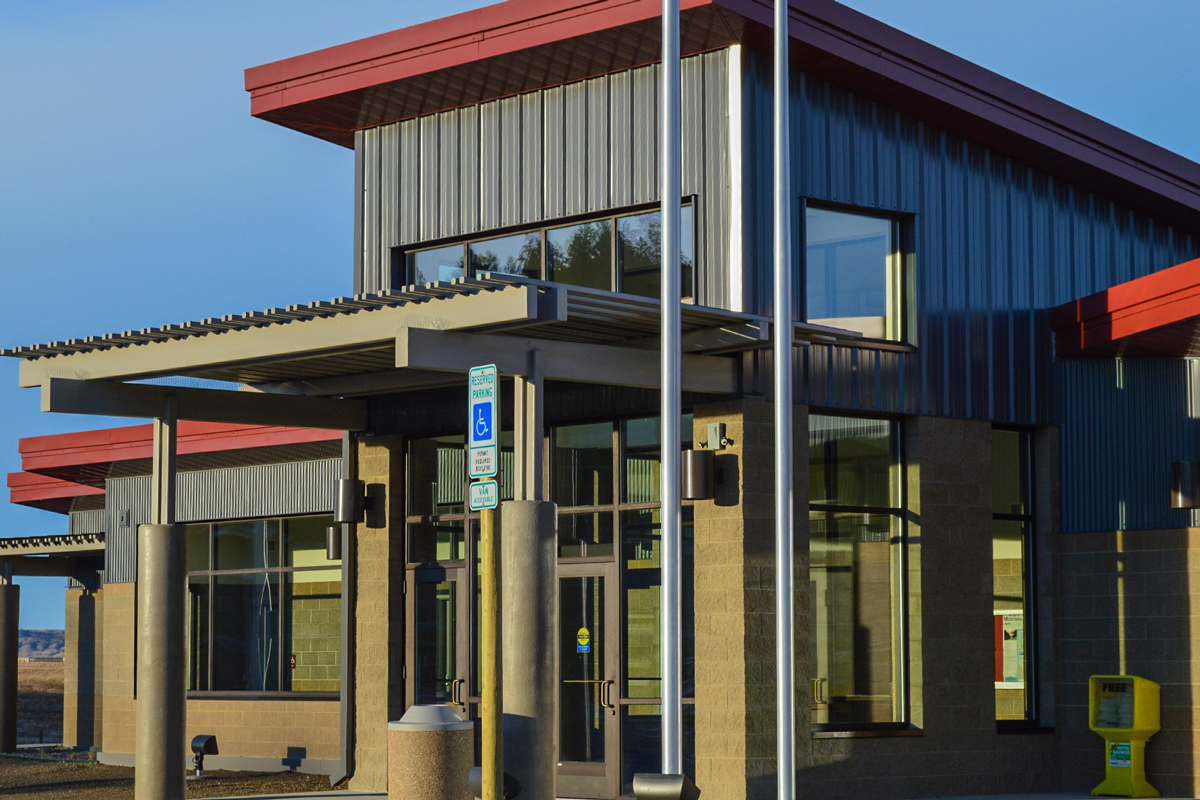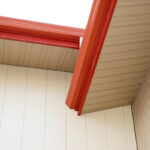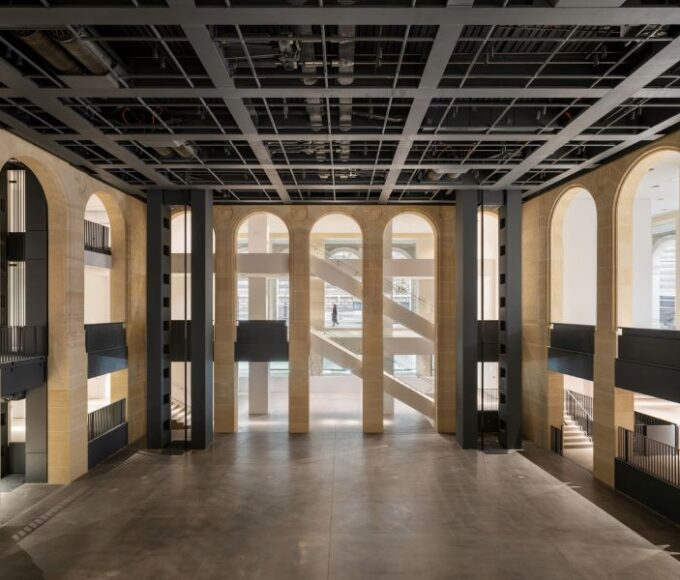Introduction
With so many options on the market, it can be tricky to determine which metal panel is best suited for your project. R panels are a popular choice for metal roofing and siding in both residential and commercial markets. However, there are quite a few different panels that are classified as R panels. This is the comparison of Purlin Bearing Rib (PBR) panels versus other R panels.
What Are R Panels & PBR Panels?
R panels are classic, well-engineered metal panels that can be used in a multitude of different applications in a variety of markets. They have raised ribs that use exposed fastener systems to create an unbelievably strong and structurally stable panel.
Purlin Bearing Rib, or PBR, panels are a type of R panel that have a few unique differences and advantages that set them apart from other R panels. Here are some details about the PBR panel you may want to know:
- Finished Coverage: 36’
- Available Lengths: 3’ to 50’
- Rib Height: 1.25″ at 12″ Centers
- Fastener System: Exposed
- Recommended Environments: High wind, high snow, and high precipitation

R panels, including PBR, were originally designed to work hard in agricultural settings, but quickly made their way into both residential and commercial markets. This is due to their adaptability and toughness, plus the pop of industrial flair they bring to buildings and homes looking for both strength and style.

Advantages of PBR
Like other R panels, the PBR panel is an extremely versatile panel that works well in a lot of different environments. Here are a few reasons why you may want to choose this panel for your next roofing or siding project:
Offers Full Purlin Bearing Overlap: As the name suggests, this panel’s overlap is better than other R panels. The ability to have a 5-degree overbend on the lap leg creates a stronger, more weather-tight metal-to-metal connection between each panel. With the additional anti-siphon groove, this panel is ideal for high-precipitation areas. It’s extremely weather tight.
Can Span Open Framing: PBR is able to span up to 5 feet of open frame roofing with 26 gauge material. Other R panels are not rated or recommended for open framing. The full overlap PBR panels have allow for more rigidity and toughness for open frames.
Easy to Install: With exposed fasteners, the PBR panel is ideal for DIYers and quick applications. It’s easier to install than other types of metal panels and makes the perfect choice for those wanting to install themselves.
Extremely Economical: PBR is the most economic panels. The overall cost is lower than most other panels because sheeting and OSB isn’t always necessary. Plus, with its easy-to-install qualities, costs are lowered even further!
Multiple Gauges Available: PBR also comes in multiple gauges, which refers to the metal’s thickness. Typically, 26 gauge is the most popular option due to its durability. However, 24 gauge panels are also available upon special request.

Conclusion
When you’re deciding which panel will work best for your project, consider PBR panels. They are often chosen because of their structural stability and high-performing characteristics. Both homeowners and commercial building owners continue to choose PBR panels for their superior weather-tightness and anti-siphon groove, which gives this panel the ability to shed water like a pro. With multiple gauges and finishes to choose from, PBR easily gives you the style you want along with the strength you need. No matter if you’re using the PBR panel for roofing, siding, or on interior applications, you’ll love the way it’s easy to install and how it doesn’t break the budget.












